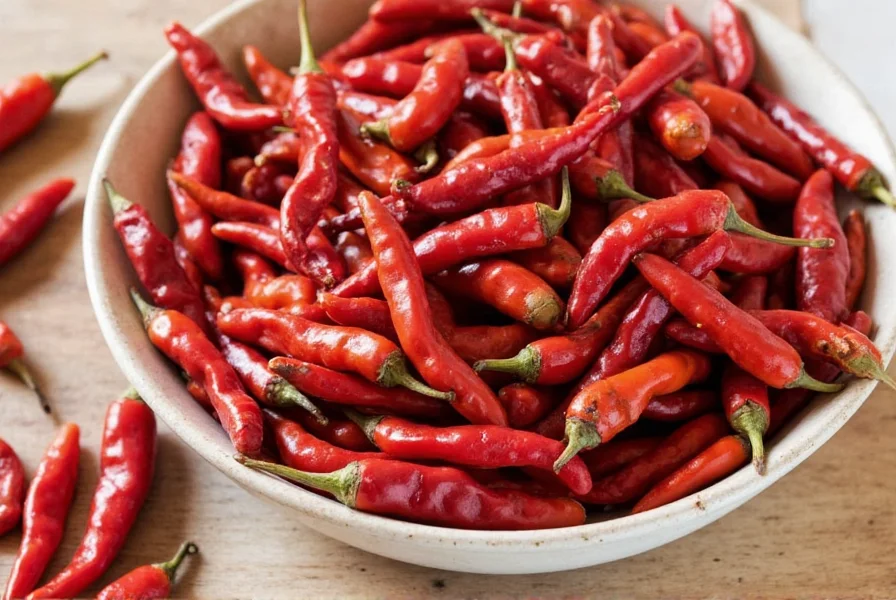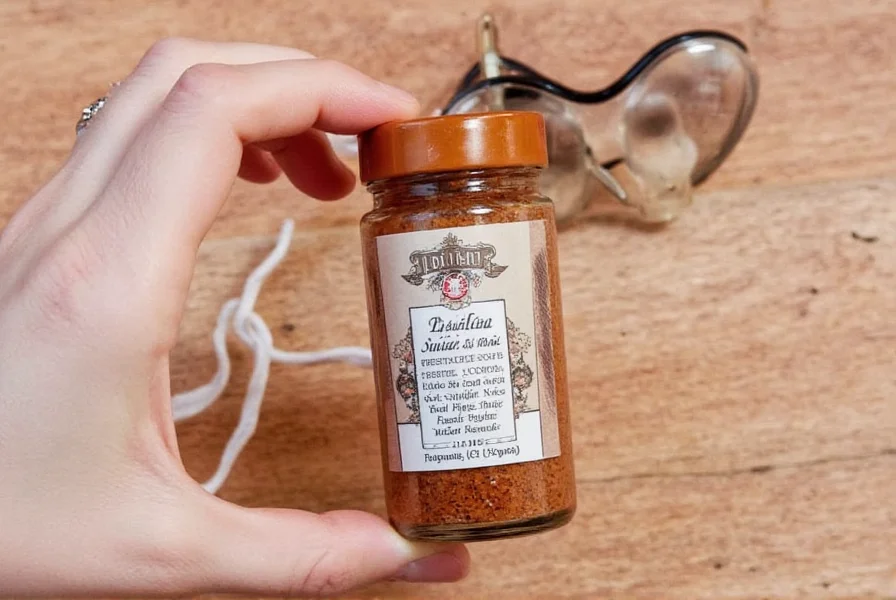What is Chile Dry?
Chile dry refers to chili peppers that have been sun-dried or dehydrated after harvesting. Unlike fresh chiles, dried versions offer a concentrated depth of flavor, often with complex notes of earthiness, sweetness, and smokiness. These characteristics make them essential in sauces, soups, stews, marinades, and even desserts!
From smoky ancho to fiery arbol, dried chiles are a cornerstone of global cuisine. But unless you're familiar with their nuances, choosing the right one can feel like navigating a spice labyrinth. In this article, we'll cover everything you need to know about chile dry.
What Exactly Is Chile Dry?
The drying process changes the chemical structure of the chile slightly, enhancing certain compounds and mellowing others. It's like aging wine—but faster and way spicier.

The Many Faces of Chile Dry: A Visual Breakdown
Dried chiles come in many forms—each with its own flavor profile, heat level, and best use in the kitchen. Here's a quick visual guide to some of the most popular varieties:
| Chile Name | Heat Level (SHU) | Flavor Profile | Best Used For |
|---|---|---|---|
| Ancho | 1,000–2,000 | Sweet, fruity, mild | Mole sauces, enchiladas |
| Guajillo | 2,500–5,000 | Berries, tea-like, tangy | Rubbed on meats, salsas |
| Arbol | 15,000–30,000 | Grassy, nutty, sharp | Hot sauces, oil infusions |
| Chipotle Morita | 5,000–10,000 | Smoky, sweet, woody | Stews, salsas, dressings |
| Pasilla | 2,500–4,000 | Figs, raisins, dark chocolate | Complex sauces, moles |

This handy chart can help you choose the right chile for your next dish. Remember, color, texture, and aroma are clues too—trust your senses!
Cooking with Chile Dry: Tips, Tricks & Techniques
How to Rehydrate Dried Chiles
Before using dried chiles in most recipes, especially those involving sauces or purees, you'll want to rehydrate them. Here's how:
- Remove stems and seeds (unless you want extra heat).
- Rinse chiles under warm water to remove dust.
- Soak in hot water or broth for 20–30 minutes until soft.
- Drain and blend into sauces or chop finely for other dishes.
Toasting Chiles for Extra Flavor
Toast chiles in a dry pan or comal for a few seconds per side. This brings out their natural oils and enhances smoky, nutty flavors. Be careful not to burn them—no one likes bitter!
Infusing Oil with Dried Chiles
Add crushed or whole dried chiles to olive oil or vegetable oil over low heat. Use it to drizzle over pizzas, pastas, or stir-fries for a spicy kick.
Using Powdered Chile
Some dried chiles can be ground into powders (like paprika from Pimentón de la Vera). Use these sparingly—they're potent and can easily overpower a dish.
Buying Guide: How to Choose the Right Chile Dry
Not all chiles dry equally. Here's how to pick the best ones:
- Look for vibrant color: Faded or dull chiles mean they've lost flavor and potency.
- Check for flexibility: Good quality dried chiles should bend without breaking. Brittle = old.
- Smell test: If they have no scent, move on. They should smell rich, earthy, or smoky depending on the type.
- Avoid mold or discoloration: Moisture ruins dried goods quickly. Always inspect packaging if buying online.
Top Products for Chile Dry Enthusiasts
| Product | Features | Advantages | Best For |
|---|---|---|---|
| MexGrocer Premium Ancho Pack | Natural drying, pesticide-free, vacuum sealed | Superior sweetness and texture | Mole lovers and beginners |
| La Costeña Guajillo Bundle | Traditional Mexican processing, organic certified | Consistent heat and flavor | Tacos al pastor, red sauces |
| Los Nietos Arbol Crush | Crushed flakes, ready to use | Convenient and ultra-spicy | Oil infusions, garnishes |
| Goya Chipotle Morita Whole | Authentic smoked flavor, rehydratable | Perfect balance of smoke and heat | Stews, dressings, grilling |
| El Yaqueño Pasilla Combo | Whole and ground options, family-owned farm | Deep, complex flavor profile | High-end sauces and gourmet cooking |
Whether you're a casual home cook or a full-on chilihead, investing in high-quality dried chiles makes a world of difference.
Spice and Health: What You Need to Know
Spices aren't just for flavor—many offer health benefits too. Chile dry contains capsaicin, which has been linked to several wellness perks:
- Boosts Metabolism: Capsaicin may temporarily increase metabolic rate, helping with calorie burning.
- Reduces Inflammation: Found in many cultures' traditional diets, chiles may support joint and heart health.
- Pain Relief: Some topical treatments use capsaicin for muscle pain and arthritis.
- Improves Mood: Spicy foods trigger endorphin release, giving you that "spice high."
Of course, moderation is key. Too much heat can upset sensitive stomachs or cause discomfort for some individuals.
Frequently Asked Questions About Chile Dry
What is the difference between chile powder and chile dry?
Chile dry refers to whole dried peppers, while chile powder is made by grinding dried chiles into a fine spice. Some "chile powders" may also contain other spices (like in commercial chili powder seasoning), so check labels carefully to ensure you're getting pure ground chile.
How long do dried chiles last before losing potency?
Properly stored in an airtight container away from light and heat, dried chiles retain optimal flavor for 6–12 months. For extended shelf life (up to 2 years), freeze them. Discard if they become brittle, lose aroma, or develop off smells.
Can I substitute fresh chiles for dried chiles in recipes?
Yes, but with adjustments. As a general rule: 1 dried chile ≈ 2–3 fresh chiles of the same variety. Remember dried chiles offer deeper, concentrated flavors due to the dehydration process, so you may need to simmer fresh chiles longer to develop equivalent complexity.
Why do some recipes toast dried chiles before use?
Toasting releases natural oils and intensifies flavor compounds, adding nutty, smoky notes. It only takes 15–30 seconds per side in a dry skillet—over-toasting creates bitterness. Always toast before rehydrating for maximum depth in sauces and moles.
How do I fix a dish that's too spicy from dried chiles?
Balance heat with acid (lime juice or vinegar), sweetness (honey or sugar), or dairy (yogurt or sour cream). For sauces, dilute with additional broth or tomatoes. Never add water—it spreads capsaicin further. Next time, remove seeds and membranes before using.
Conclusion: Let the Fire Burn Bright
Dried chiles might look unassuming, but once you unlock their potential, they become powerful tools in your culinary arsenal. Whether you're simmering a rich mole, spicing up a simple pasta, or experimenting with fusion flavors, chile dry offers depth, heat, and character like no other ingredient.
So next time you pass by that dusty-looking bag of chiles secos in the pantry—don't underestimate it. With a little knowledge, care, and creativity, you can turn every meal into a celebration of fire and flavor. Welcome to the world of chile dry: where heat meets harmony.










 浙公网安备
33010002000092号
浙公网安备
33010002000092号 浙B2-20120091-4
浙B2-20120091-4